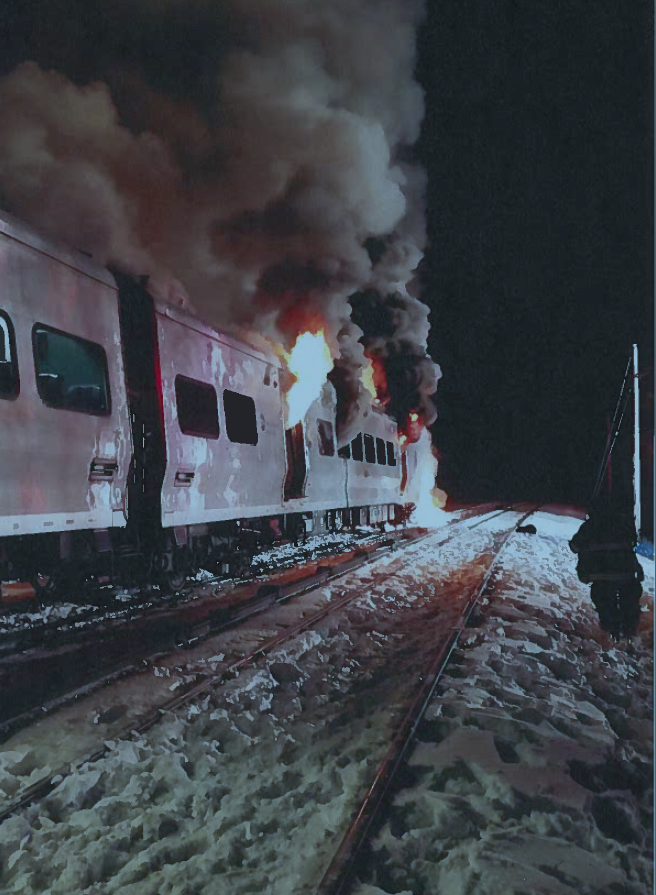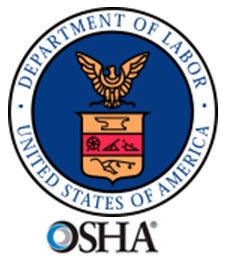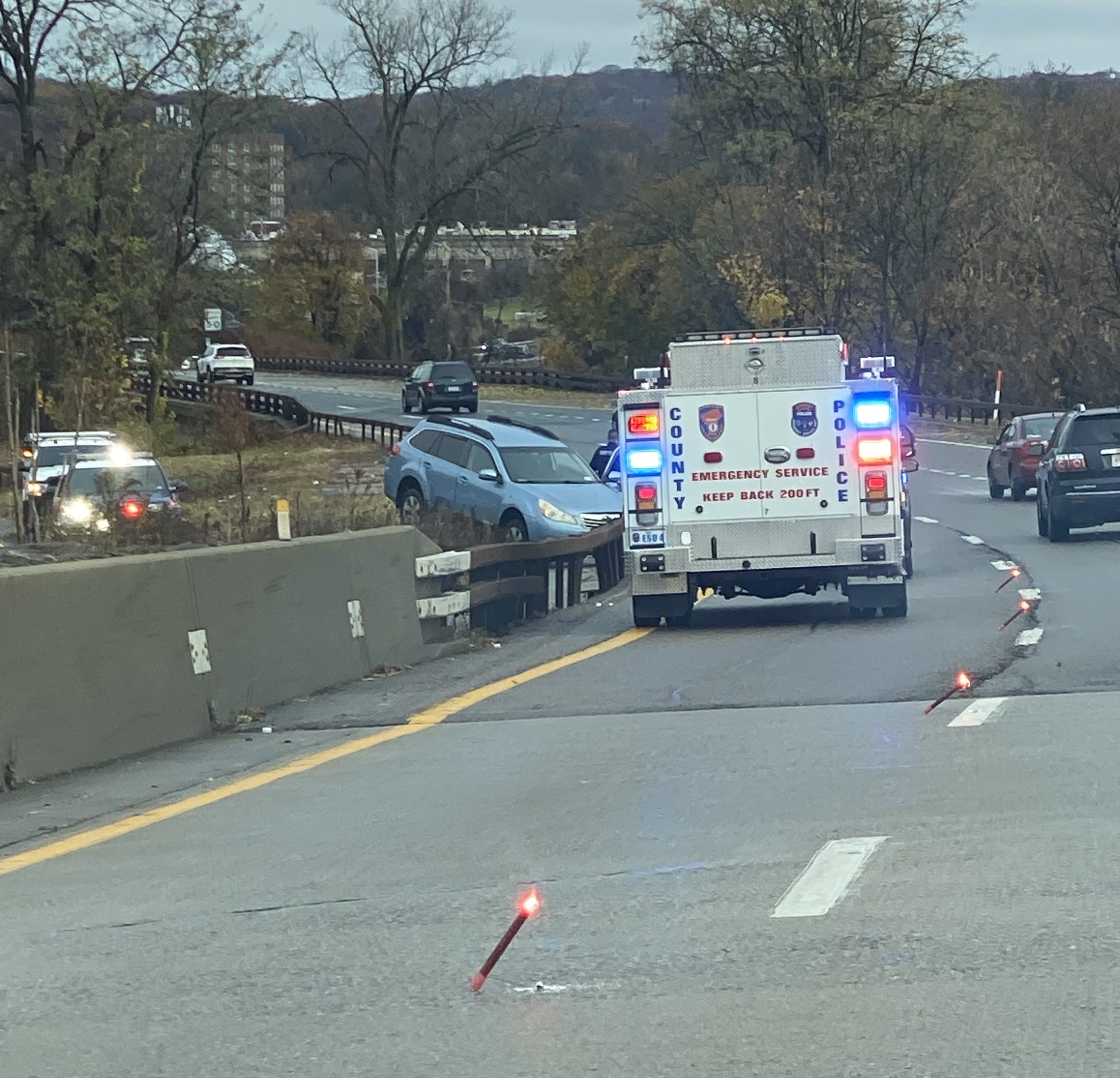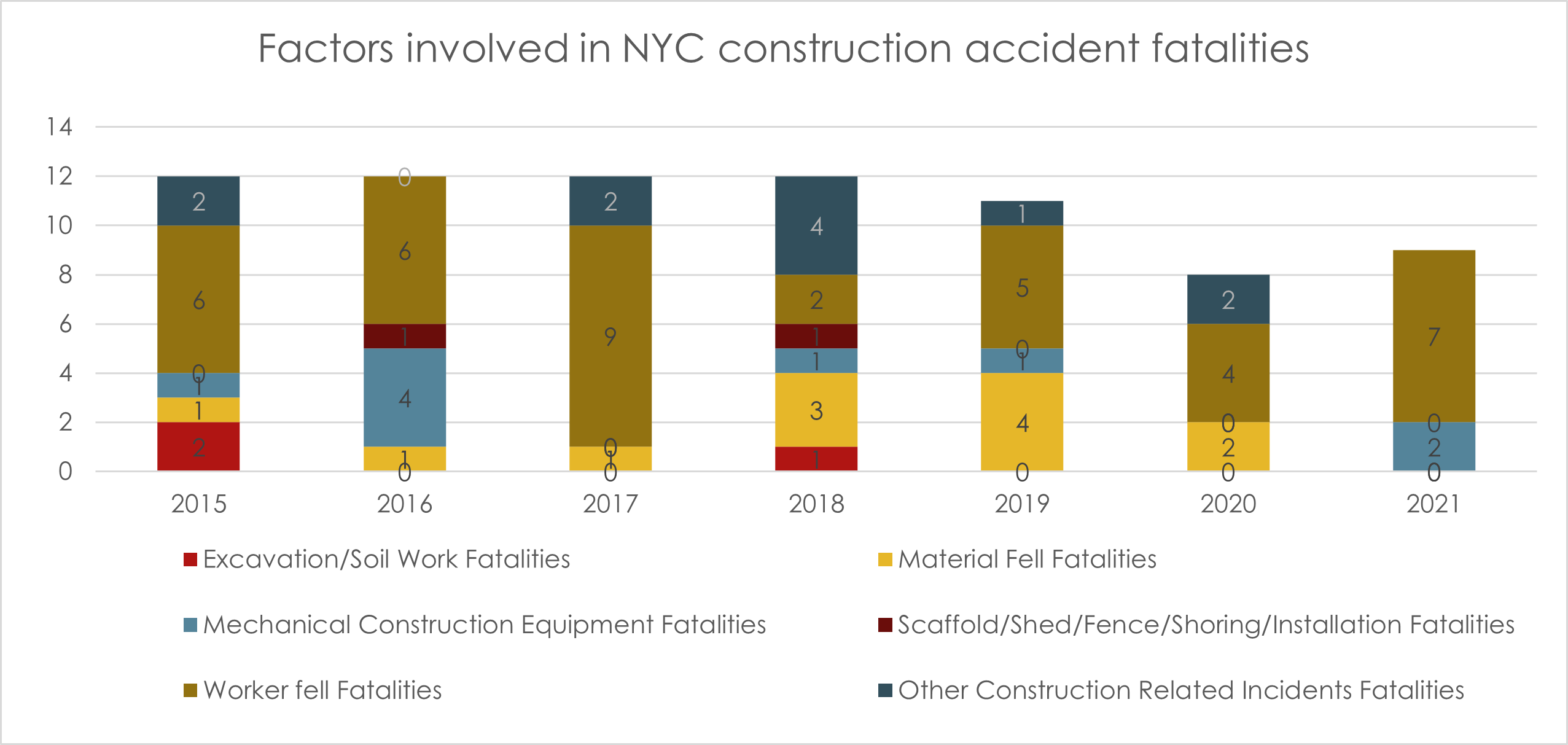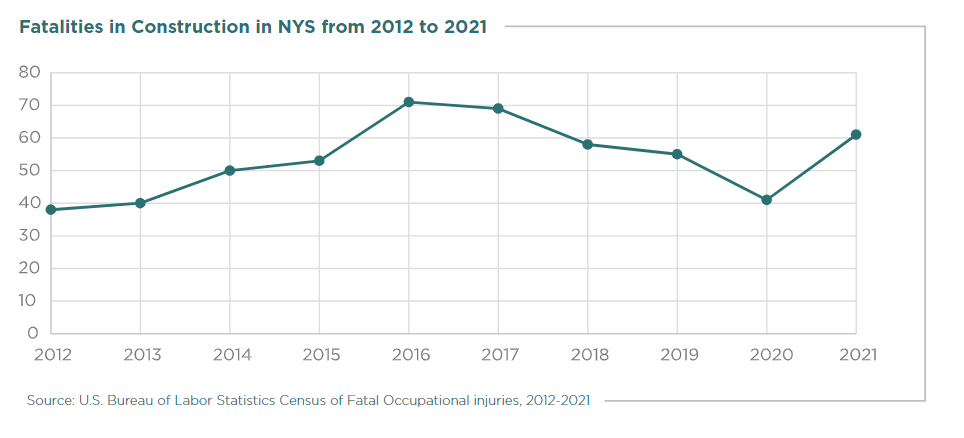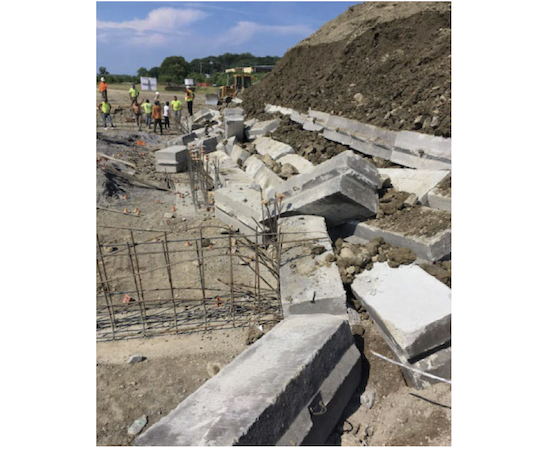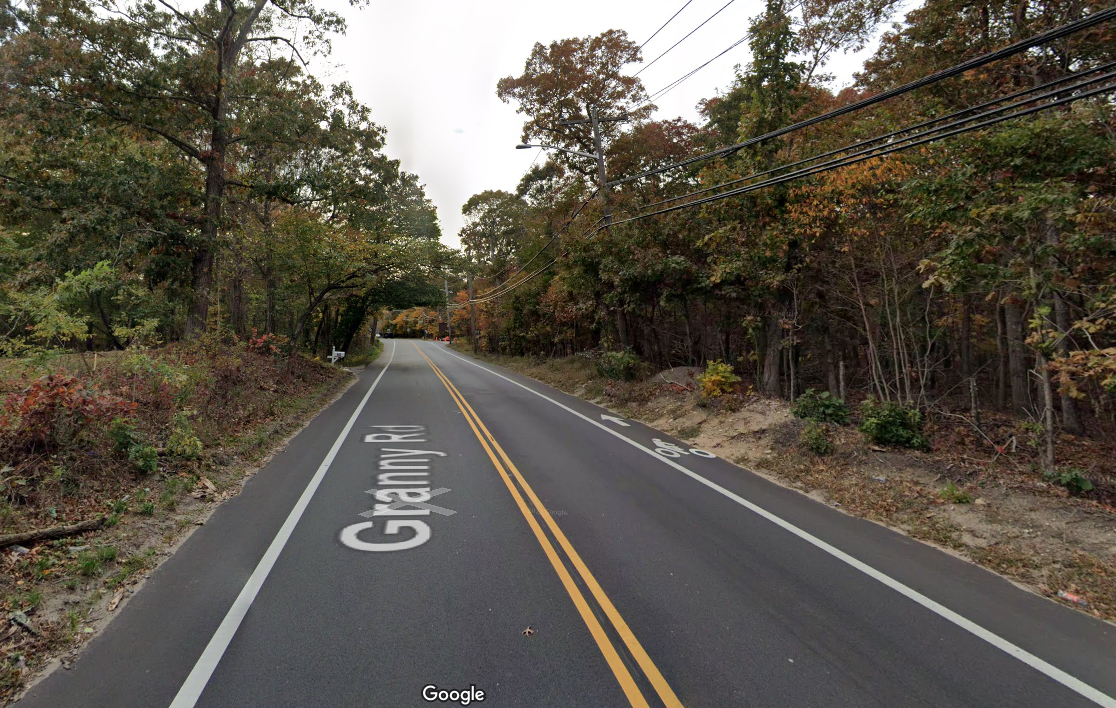Landmark Verdict in Metro-North Train Crash that Killed 6 and Injured Many
On February 3, 2015, a devastating accident occurred at the Commerce Street Crossing in Valhalla, New York, involving a Metro-North train and a motor vehicle. The tragic incident led to the deaths of five passengers and numerous injuries, marking it as the deadliest crash in Metro-North’s history. After nearly a decade of legal proceedings, a Westchester County jury has delivered a landmark verdict, holding Metro-North primarily liable for the crash.
That evening, Ellen Brody, driving an SUV, inadvertently drove onto the tracks at the Commerce Street Crossing. As a northbound Metro-North train approached, the train struck the vehicle, resulting in a catastrophic sequence of events. The train continued to move several hundred feet post-collision, causing the vehicle to strike the electrified third rail. The third rail dislodged and penetrated the floor of the first train car, igniting multiple fires and causing extensive damage. Tragically, Ellen Brody and five passengers lost their lives, and dozens were injured.
 New York Personal Injury Attorneys Blog
New York Personal Injury Attorneys Blog


